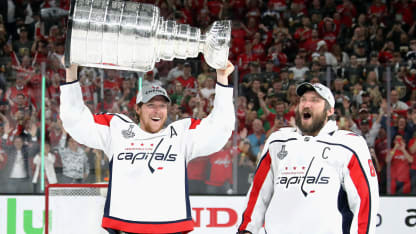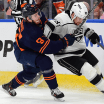Although the Vegas Golden Knights lost in the Stanley Cup Final to the Washington Capitals in five games, they may have controlled the play more often, according to the numbers.
The Capitals power play, the inability of Golden Knights top-six forwards like Jonathan Marchessault to score, a reversal in fortunes for Vegas goalie Marc-Andre Fleury and Washington's shot blocking were the deciding factors.
Capitals rode power-play success, shot blocking to Stanley Cup
Numbers suggest Golden Knights may have held puck more, but Washington's advantage in key areas helped sway Final

© Bruce Bennett/Getty Images

















